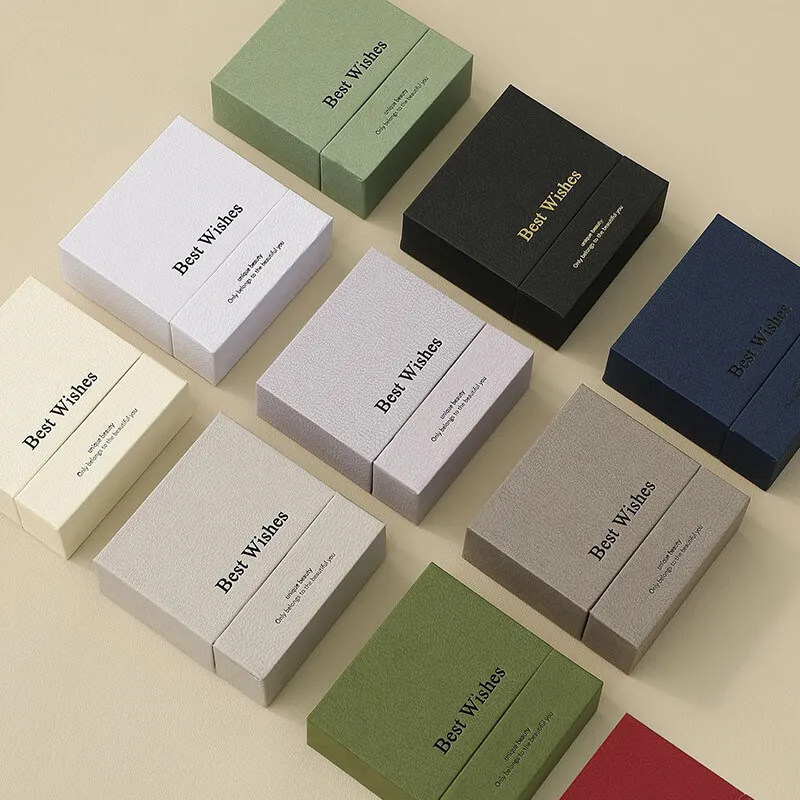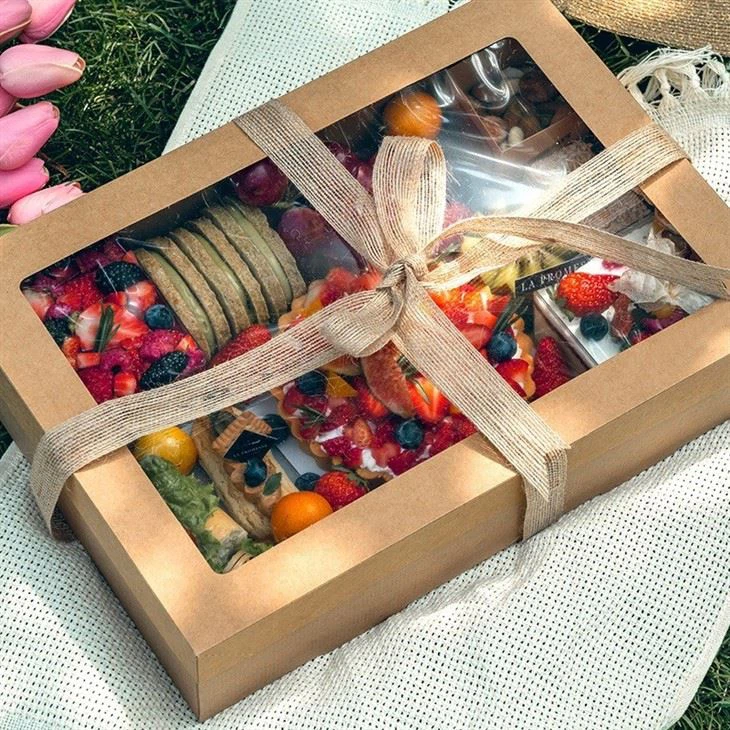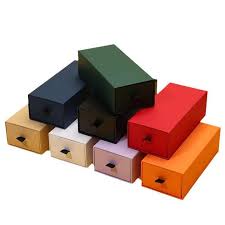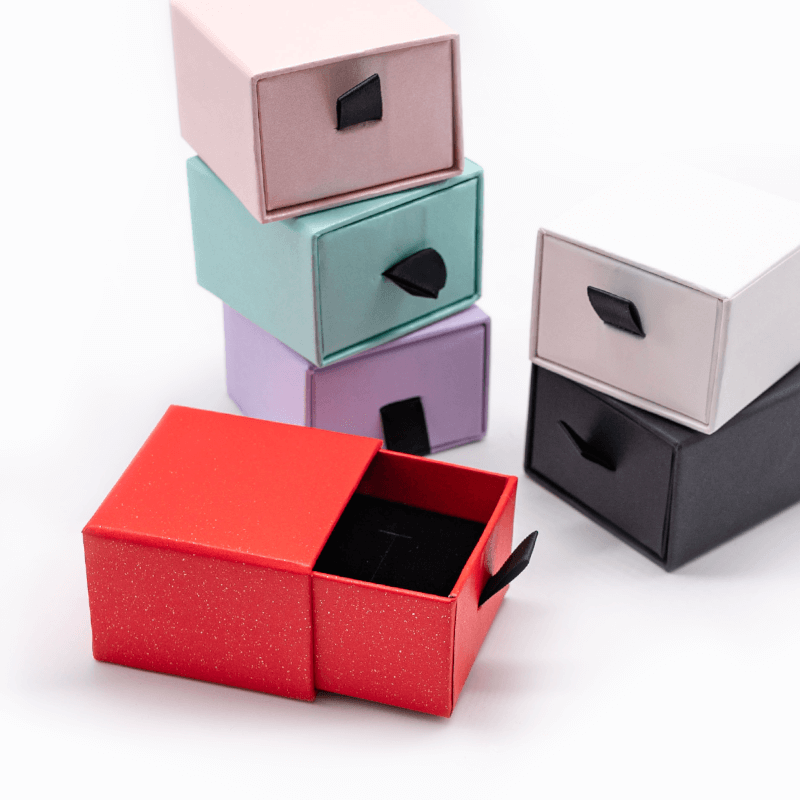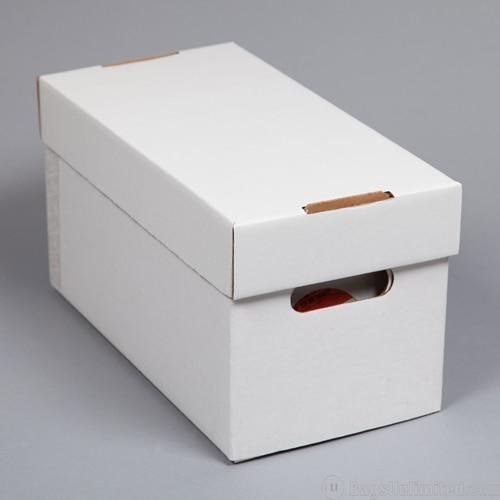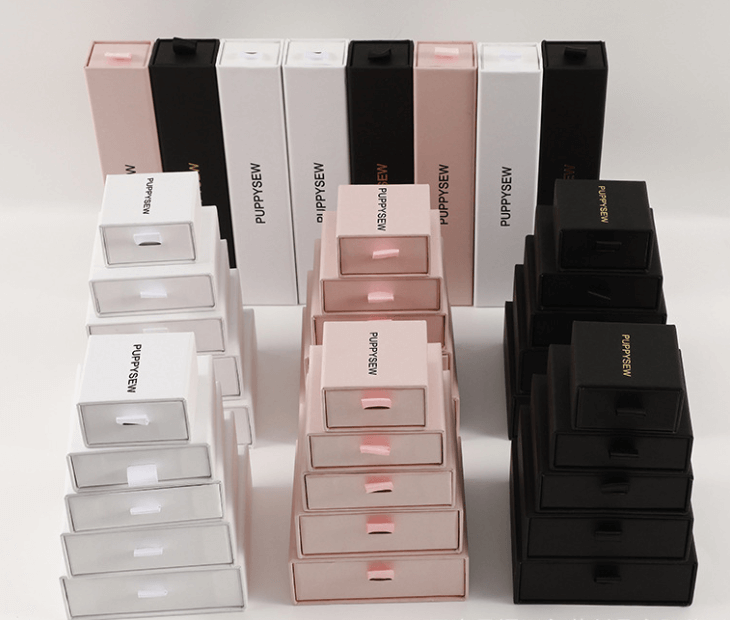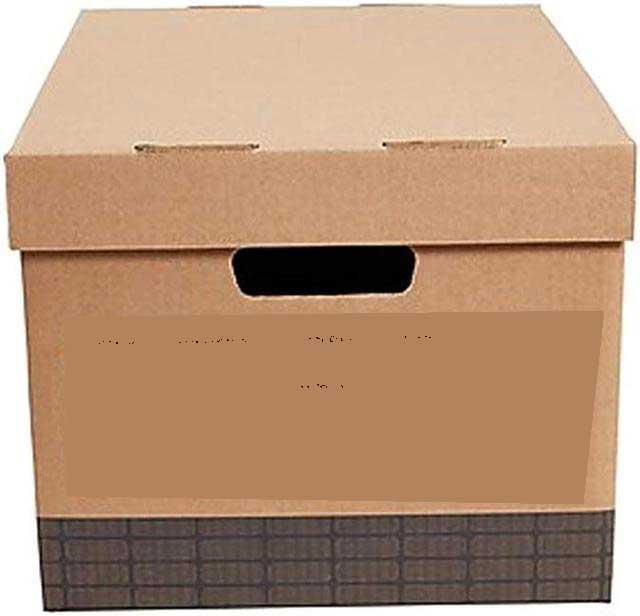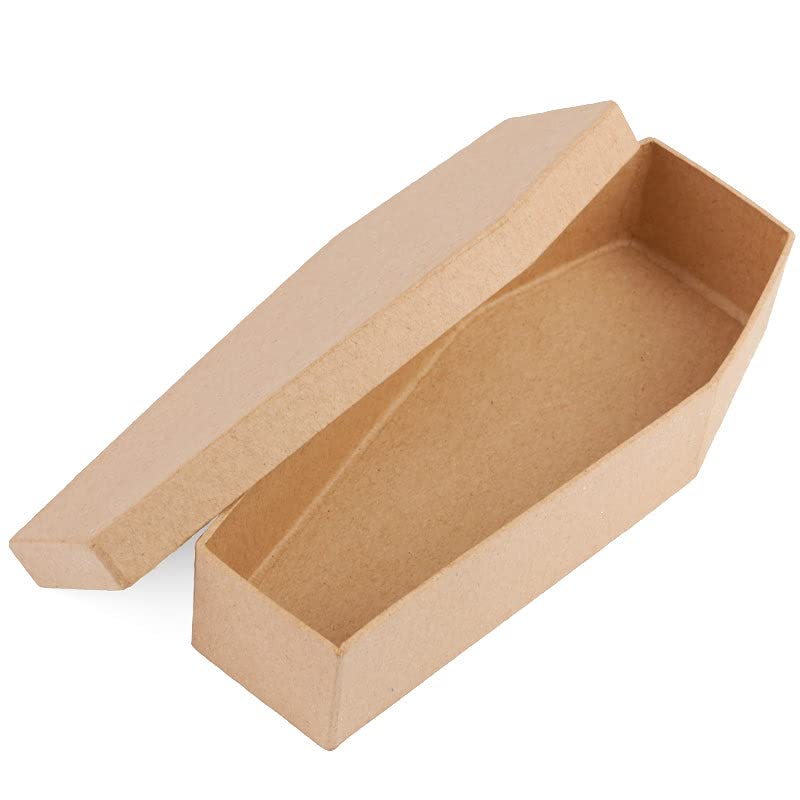If you’re choosing a corrugated box for shipping or retail, here’s the fast path: pick the inside dimensions that sit just above your product size, leave ¼–½ inch of clearance on each side for inserts, and match the board grade to weight and route—single-wall for small/light parcel shipments, double-wall for large cubes, long items, or pallet/LTL stacks. Control movement with paperboard/corrugated/pulp inserts, seal with an H-tape pattern, and keep a clean label panel for barcodes and returns. That simple formula covers most DTC and retail scenarios and helps you avoid dim-weight surprises, damage in transit, and packing delays.
Behind that quick rule are a few details that make boxes work harder for you. All sizes in this guide refer to inside dimensions (L × W × H), because that’s what determines fit. Clearance isn’t wasted space—it’s where inserts live: slot cards for jewelry and small kits, corrugated pads/ribs for ceramics or tins, and molded pulp trays for candles, food gifts, or electronics cradles. Route matters: parcel needs tight fit and edge protection; LTL/pallet needs predictable footprints, stack strength, and corner stability. As a baseline, small/light goods (sides ≤12 in, ≤10–15 lb) typically run single-wall E/F/B (≈32–44 ECT); mid-weight goods (≤30–40 lb) step to B/C (≈44–48 ECT); big cubes/long spans or tall stacks should consider BC double-wall (51–61+ ECT), sometimes with honeycomb rails or corner posts. Keep sustainability credible with mono-material paper solutions and water-based coatings, and place recycling icons with a short disposal note. Used consistently, these choices reduce damage rates, simplify training, and keep freight and labor costs inside plan.
Quick Fit Rules
Choose a box whose inside dimensions are just larger than your product; add ¼–½ inch on each side for inserts and breathing room. If the ship weight is ≤10–15 lb and sides ≤12 in, single-wall is usually enough; if the item is heavier, very large, or will be palletized/LTL, upgrade to double-wall or add corner posts. For parcels, stop movement with a paperboard/corrugated/pulp insert; for pallet loads, plan stack height and use edge protection. Seal with an H-tape pattern and keep one clean label panel. This gets you fit, protection, and speed—without paying for air.
Here’s why those rules work. Boxes are specified by inside dimensions (L × W × H) because the product must fit comfortably with its insert. Clearance of ¼–½ in prevents crush from tight fits and gives space for slot cards (jewelry), cross cards (kits), corrugated pads (ceramic/tins), or molded pulp trays (candles, electronics). Route dictates risk:
- Parcel (courier): prioritize tight fit and edge/corner protection to survive drops and conveyor impacts; right-size to lower dimensional weight.
- LTL/Pallet: prioritize footprint regularity and stack strength; align grain/flute with stack direction, and use corner boards/strap channels to keep columns straight.
Board grades map to load: single-wall E/F/B (≈32–44 ECT) for light parcels; B/C (≈44–48 ECT) for mid-weight; BC double-wall (51–61+ ECT) for big cubes, tall stacks, or long spans (e.g., 24×24×24, 60×24×24). Sealing matters: an H-tape on top and bottom resists bursting; double-tape thresholds at >30 lb. Label readability reduces miss-sorts—reserve a flat, tape-free panel for barcode and returns. Finally, keep sustainability credible with mono-material paper inserts and water-based coatings; print a clear recycling icon and a simple disposal note to lift recovery rates at docks and customer sites.
Size Clusters & Fast Picks
Small & Compact (4–8 in)
4×4×4 — Jewelry, Minis, and Sample Kits
This compact cube is ideal for jewelry sets, small candles, and sample kits. Measure the item, then add ¼–½ in clearance for a slot card (rings/studs) or a pulp tray (mini candles/fragile pieces). Run single-wall E/F/B (≈32–44 ECT) with an H-tape seal; for tiny, heavy trinkets, step up to B-flute. The square footprint stacks cleanly in totes and on shelves, while paper-first inserts keep it fully recyclable. Print a small, tape-free panel for barcodes and returns.
5×5×5 — Jars, Accessories, and Giftables
Use this size for skincare jars, gadget accessories, and small gift sets. Start with a corrugated pad to spread rim pressure and prevent telegraphing through the panel. B-flute single-wall is the practical default; add a top pad for glass or ceramic. It tapes fast (single H-tape), cubes efficiently, and keeps dimensional weight under control for parcel lanes.
6×4×4 — Slim, Elongated Smalls
Designed for cables, SSD kits, and slim hardware. A cross card braces the long axis, or add discrete corner dots for point protection. Specify B-flute for a firmer panel and better edge crush. Keep a clean label field; right-size inserts so movement stays ≤3 mm in any direction after closure.
6×6×4 — Soaps and Compact Gifts
A favorite for hand-cut soaps and small giftables. Pair the box with a molded pulp tray or corrugated pad to prevent scuffs and lift perceived value at unboxing. B-flute single-wall handles typical weights; add a thin top pad for embossed lids or metal tins. For retail displays, 4-inch height faces neatly across shelves.
6×6×6 — Short Candles (≤8 oz) and Small Optics
Choose this cube for ≤8 oz candle tins, small lenses, or similar fragile items. Use a pulp cradle that locks the vessel and clears the seam lines; set B-flute (44 ECT) minimum, and consider C-flute if lanes are rough or stacked tall. Double-tape the bottom seam above ~30 lb packed weight or when shipping multiple units per box.
8×6×4 — Tech Kits and Accessory Bundles
A classic shipper for cosmetics sets, routers/modems, and electronics bundles. Add corner pads or a fitted corrugated cradle to manage drops and conveyor impacts. B/C-flute single-wall balances printability and crush; reserve one panel for labels (no tape overlap) to reduce mis-sorts in hubs.
8×8×8 — Mugs (2-Pack), Compact Electronics, Gift Kits
This cube fits two mugs or compact speakers without wasting air. Use a center divider or a two-piece pulp tray to prevent face-to-face impact and handle returns intact. B/C-flute is typical; add a top/bottom pad for heavier ceramics. For palletization, align grain/flute with stack direction and protect edges if clamp trucks are used.
Square Workhorses (10–12 in)
10×10×10 — Apparel Bundles, Board Games, Small Home Goods
A training-friendly cube that balances carry volume with dim-weight control. Run B-flute single-wall (≈44 ECT) as baseline and add top/bottom pads to neutralize point loads from game corners or device feet. For multi-item kits, use a center divider or shallow corrugated cradle to prevent face-to-face scuffing. Seal with H-tape; reserve a tape-free label panel to reduce mis-sorts. Step up to C-flute only for rough lanes or heavier SKUs.
11×11×13 (25/bundle) — Taller Décor, Stacked Shoe Boxes, Bulk Craft Supplies
Height introduces panel bow risk; specify corner posts or vertical ribs with B/C single-wall to carry vertical load. Double-tape the bottom seam above ~30 lb packed weight. For stacked footwear or tall decor, add a top deck to spread clamp pressure and mark orientation arrows. Keep inserts paper-first so the whole pack remains curbside-recyclable.
12×9×2 — Flat Merch Mailer, Portfolios, Prints
Behaves like a rigid mailer for flat apparel, portfolios, framed prints. Choose tight RSC or FOL (full-overlap) flaps for extra edge crush. Add a chipboard or corr pad so contents don’t telegraph through, and use corner protectors for frames. Great canvas for sleeve branding without changing the base box. Label on a smooth, tape-free area for scan speed.
12×9×6 — DTC Apparel Sets, Kitchenware Smalls, Mid-Size Gadgets
A true fulfillment workhorse. Run B-flute single-wall with a fitted pulp or corrugated insert to lock items and keep movement ≤3 mm after closure. Hold one panel clean for barcodes/returns. For fragile assortments, add a top pad and consider strap channels if units will be palletized. Upgrade to C-flute for heavier loads or rougher LTL.
12×12×12 — Pantry Bulk, Medium Gifts, Office Devices
The square you’ll palletize most. B/C single-wall covers typical weights; add top/bottom pads or a center divider to distribute vertical load on mixed contents. If stacks run high or dwell times are long, consider double-wall only for those lanes. Seal with H-tape, plan edge guards for clamp-truck handling, and keep sustainability simple with mono-material paper inserts and water-based coatings plus a clear recycling icon and one-line disposal note.
Mixed Rectangles (14–20 in)
14×10×6 — Two-Pack Shoes, Bundled Electronics, Pet Supplies
A go-to rectangle for paired footwear and device + accessory bundles. Run B/C single-wall (≈44–48 ECT); add a center divider or molded pulp cradle to prevent face-to-face contact and scuffing. For rougher lanes, step up to C-flute and use double tape on the bottom seam above ~30 lb packed weight. Keep one tape-free label panel for fast scanning; right-size inserts to stop movement without adding air.
16×12×12 — Countertop Appliances, Gaming Peripherals, Multi-SKU Kits
This footprint balances volume and depth while cubing cleanly on pallets. Specify B/C single-wall (44–48 ECT) with corner pads to deflect point loads from handles/feet. A pulp or corrugated insert keeps movement within ≤3 mm after closure. Reserve a clean label zone; add strap channels if you’ll band on pallets. Upgrade to double-wall only for tall stacks, long dwell times, or fragile assortments.
18×12×12 — Small Printers, Cookware Sets, Bulk Nutraceuticals
The longer span invites panel bow, so pair C-flute single-wall with a top deck + side pads to spread load. If palletized, include strap channels and consider edge guards for clamp-truck handling. For parcel lanes, verify with a drop sequence and reinforce corners as needed. Seal with H-tape; double-tape the bottom seam when weights approach the upper single-wall limit.
18×18×18 — Lampshades, Bulky Textiles, Home Décor
Bulky shapes and time-under-load call for BC double-wall to maintain column strength in tall stacks. Add cross-bracing or a honeycomb pad to distribute impact across wide panels, and align flute/grain with stack direction. Plan pallet patterns to avoid overhang, and use corner boards if mixed stacks or clamp trucks are common on the route.
20×20×20 — Helmets, Large Cushions, Sports Gear
This is the threshold where structural protection pays back quickly. Choose BC double-wall, seal with H-tape, and add edge guards + corner boards for LTL and warehouse mixing. Use low-profile ribs or a center bridge pad to prevent mid-panel flex while keeping dimensional weight down. Keep the pack curbside-recyclable with paper inserts and water-based coatings, and print a clear recycling icon with a one-line disposal note.
Large & Long (24–60 in) + Tall/Narrow
24×16×16 — Small Appliances, Audio Gear, Master Cartons
A versatile large cube that balances volume and handling. Specify C-flute single-wall for lighter units; step to light BC double-wall when stacked high or routed via LTL. Add top/bottom pads to diffuse point loads from feet/handles and a center divider for multi-SKU kits. Seal with H-tape (double-tape if packed weight nears your single-wall limit). Reserve a tape-free label panel for fast scans; if palletizing, confirm layer counts to avoid overhang.
24×24×24 — Bulky Décor, Bedding, Returns Consolidation
The classic big cube for compressible goods. Choose BC double-wall to maintain column strength during dwell. Cut band damage with strap channels and protect mixed stacks with edge guards (especially for clamp-truck operations). Use a rigid top deck to spread clamp pressure. For parcel oversize, right-size inserts (pulp rails/honeycomb pads) to reduce air without compromising protection.
24×24×4 — Framed Prints, Signage, Flat Panels
Behaves like a picture-frame shipper. Run FOL (full-overlap) flaps to stiffen wide faces and add rigid pads (chipboard or honeycomb) top and bottom. Fit corner protectors to stop dings and keep glazing off the panel. Label on a smooth field away from seams; if multiple frames ride together, add a slip sheet between faces to prevent abrasion.
24×12×12 — Soundbars, Boxed Tripods, Shelf Hardware
Optimized for long-but-not-extreme profiles. Specify BC double-wall; add long-side ribs and a mid-span pad to prevent bow and center sag. For fragile electronics, use a pulp cradle and secure cable/kit items in a secondary envelope. When palletized, align flute/grain with stack direction and consider strap channels for banding.
36×36×36 — Oversized Textiles, Foam-Backed Props
Large spans and dwell times demand BC double-wall and disciplined handling. Plan a two-person lift or mechanical assist, and always palletize with corner boards. Add a honeycomb top deck to distribute stack load and keep layers flat. Mark orientation arrows and no-clamp zones if décor elements are sensitive.
48×24×24 — Flat-Pack Furniture, Kits, Bulk Returns
A long, high-cube shipper that should be engineered as a pallet unit. Specify BC double-wall with a honeycomb deck (top and/or bottom) to spread impact and resist flex. Strap to pallet through strap channels, and print a center-of-gravity label to guide handling. Use internal rails or ribs to keep panels straight without adding void.
60×24×24 (Long) — Lighting Fixtures, Banner Stands, Bundled Rods
Long-span flex is the main risk. Choose BC double-wall plus honeycomb rails or internal stringers that run the length of the box. Reinforce end panels with caps or pads against tip/impact, and seal seams with double tape or water-activated tape (WAT). Add orientation arrows, “Do Not Bend,” and keep barcodes off end seams for reliable scanning. For LTL, store high in the stack or request top-load.
Engineering notes for the whole band (24–60 in): once any side exceeds 24 in, panel span and time-under-load drive failure modes. Design strength into structure—ribs, posts, honeycomb pads/rails—rather than adding air. Use paper-only inserts and water-based coatings to keep the pack curbside-recyclable, and print a clear recycling icon with a one-line disposal note.
Tall/Narrow Tubes & Rails
4×4×36 (Tall) — Posters/Rolls, Curtain Rods, Golf Shafts
Tall, slender shippers concentrate stress at the ends and along the long axis. Stop end-crush with double end-caps (paperboard or molded pulp) and add an inner sleeve/tube—a second tube or folded corrugated insert—that boosts column stiffness without adding much weight. Run long-side ribs to resist bow; choose BC double-wall only if the contents are heavy or lanes are rough, otherwise C-flute single-wall is often sufficient. Print orientation arrows and a bold “Do Not Crush” callout. For LTL, request top-load or place high in the stack. Seal each end with H-tape + cap tape; upgrade to reinforced water-activated tape (WAT) for high-value or dense contents. Keep barcodes off end seams for reliable scans. Stay mono-material with paper end-caps and sleeves so the whole pack remains easily recyclable.
8×8×48 (Tall) — Tripods, Trade-Show Poles, Architectural Samples
This larger tall format needs both end protection and mid-span stiffness. Use pulp end cradles or laminated paper end-caps to prevent tip damage, then run long-side ribs (or internal stringers) to control flex. A slim inner sleeve adds a surprising amount of rigidity while keeping dimensional weight in check. Choose BC double-wall for pallet/LTL lanes or clamp-truck handling; seal ends with double tape or reinforced WAT. Mark center of gravity, add orientation arrows, and keep a tape-free label panel for fast scanning. As with all tall/narrow skus, design strength into structure (ribs, sleeves, end-caps) rather than adding void; use water-based coatings and paper-first components for curbside-friendly recycling.
Material & Insert Guidance
Choose single-wall for small/light parcels and double-wall for large cubes, long spans, or pallet/LTL stacks. Pair the box with a paper-first insert that stops movement: slot/cross cards for jewelry and small kits, corrugated pads/ribs for ceramics or tins, molded pulp trays for candles/electronics, and honeycomb pads/rails when you need stiffness across wide panels.
Here’s how to dial it in. Board grades track risk more than price:
- Single-wall (E/F/B, ~32–44 ECT): small cubes (≤12″ sides, ≤10–15 lb), courier-friendly, good print.
- Single-wall C (≈44–48 ECT): midweight or rougher parcel lanes; better crush resistance.
- Double-wall BC (51–61+ ECT): large cubes (≥24″), tall stacks, long boxes (e.g., 24×12×12, 60×24×24).
Inserts do the real protection work. Slot/cross cards lock lightweight SKUs with near-zero rattle. Corrugated pads/ribs spread point loads (mugs, cookware lips). Molded pulp cradles round tins and fragile shapes while staying mono-material. Honeycomb acts like a lightweight deck: use as top/bottom pads, rails, or mid-span bridges in long boxes. Keep coatings water-based so the whole pack remains easy to recycle; reserve heavy laminations for edge cases only.
Packing & Shipping Tips
Right-size the box, H-tape top and bottom, keep one clean label panel, and add the smallest insert that stops movement. Double-tape bottoms above ~30 lb; use edge guards/corner boards for pallet stacks and strap channels if banding.
Why these tactics work. Dimensional weight punishes air, so strength should come from structure (ribs, posts, honeycomb), not void fill. H-taping resists burst at seams; water-activated tape is worth it for heavy or high-value items. Labels scan faster on flat, tape-free panels—avoid straddling seams. For parcel lanes, test a drop sequence and spec pulp/corr pads at corners. For LTL/pallet, align flute/grain with stack direction, cap stacks with a rigid top pad, and protect edges if clamp trucks are in play. Train pick/pack to a ≤90 s packout target for common sizes (e.g., 12×9×6, 12×12×12) and standardize where the return label lives to cut touches in reverse logistics.
Sustainability & Compliance
Keep it mono-material paper, use water-based coatings, and print a clear recycling icon with a one-line disposal note. Provide a simple spec sheet (board grade, flute, ECT/BCT, coating notes) for retailer or enterprise audits.
The deeper view. Recovery rates rise when the disassembly is obvious: paper box + paper insert + no mystery films. If visibility is mandatory, choose a small, removable film pane and instruct removal on-pack. When humidity or oil is a factor, prefer repulpable barriers and test recyclability with your downstream partners. For claims, stay specific (“recyclable where facilities exist,” “water-based coating”); avoid vague “eco-friendly.” If you ship to markets with stricter labeling, reserve space for local recycling marks and safety pictograms.
FAQ
What weight can single-wall handle?
With the right insert and B/C flute, single-wall covers many parcels up to ~30–40 lb; beyond that, or for big cubes/tall stacks, step into double-wall BC and add structural pads/posts.
When should I choose double-wall?
Any side ≥24″, long spans (24×12×12, 60×24×24), tall stacks, clamp-truck handling, or fragile multi-SKU kits that need column strength and time-under-load insurance.
Do windows weaken the panel?
Yes. Keep them small, reinforce rails, and make any film removable. Consider paper windows first.
Best insert for ceramics and glass?
Start with corrugated pads at contact points; upgrade to molded pulp cradles for round items or sets; add honeycomb top/bottom for stack loads.
How do I minimize dimensional weight?
Build stiffness into structure (ribs, posts, honeycomb), not extra air. Choose the smallest box that fits product + insert with ¼–½” clearance.
Get a Size-to-Product Spec Pack
Send us your item dimensions and weight, shipping route (parcel vs. LTL/pallet), and any fragility or humidity notes. We’ll reply with a Good/Better/Best recommendation (board grade, insert, and sealing pattern), plus a sampling timeline aligned to your launch window.
Table of Contents

